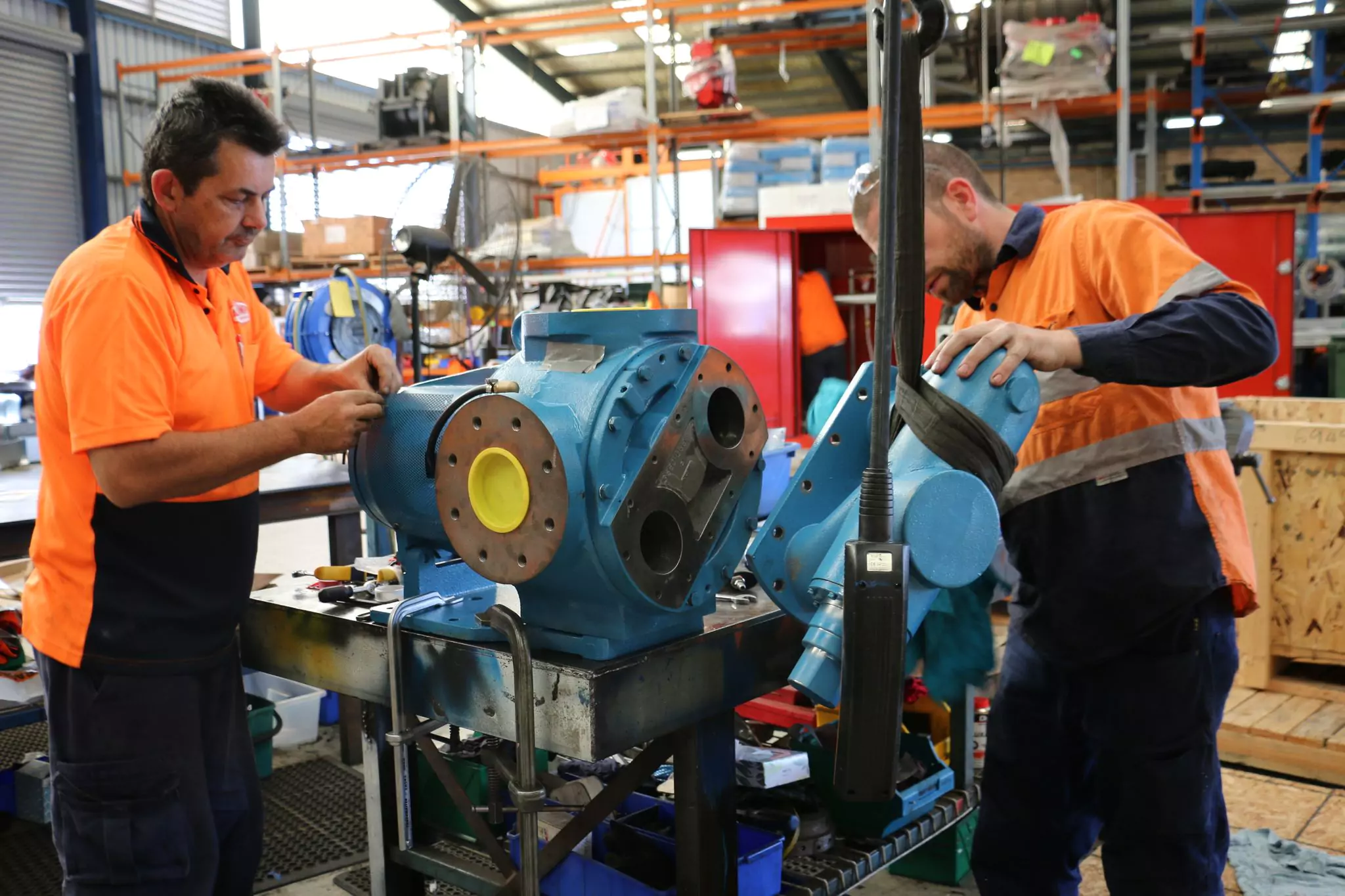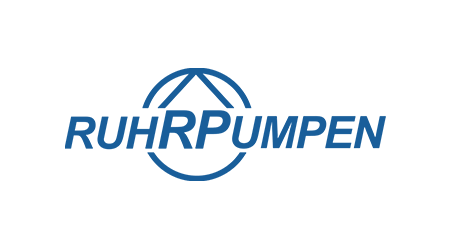
You’ll enjoy the All-Pumps experience. We’re certain.
Maintenance Capabilities
Maintenance Capabilities
Resources
All-Pumps’ UL FM fire pump sets are among the most effective fire protection systems in industrial facilities. Our UL Listed and FM Approved packaged fire pumps comprise high-performance and long-lasting pumps, motors, control panels, and accessories to ensure the safety of workers, facilities, assets, and the surrounding environment.
Underwriters Laboratories Inc. (UL) is a US-based independent organisation that sets product reliability and safety standards. It evaluates and tests fire systems, construction materials, lighting, energy, plastics and their components, sanitary fixtures, wires and cables, and water system components against electrical, fire and injury risks. UL 448 Standard defines specifically the design and test conditions of fire pumps.
Factory Mutual Insurance Company (FM Global) is a US-based international insurance company that provides title insurance and risk management solutions. FM Approvals is a department of FM Global that ensures products and services meet the highest quality, technical integrity and performance standards for use in commercial and industrial facilities.
FM 1319 specifically tests and approves horizontal end suction centrifugal fire pumps. They test fire pumps based on the ANSI Hydraulic Institute (HI) and NFPA 20 standards.
All-Pumps offer ready-to-operate, custom-designed UL FM fire pump sets and skids with a small-footprint design. We choose high-quality and tested pumps, materials, and accessories for our fire pump sets, ensuring they won’t fail during emergencies.

Fire pumps are a critical part of many water-based fire protection systems. Being tested and certified, UL FM fire pump sets are necessary for industrial facilities that house numerous expensive assets and deal with bulk products. Most systems use heavy-duty centrifugal pumps, multistage pumps, and booster pumps to increase the pressure of a water source so that it will be strong and long enough to reach and suppress a fire.